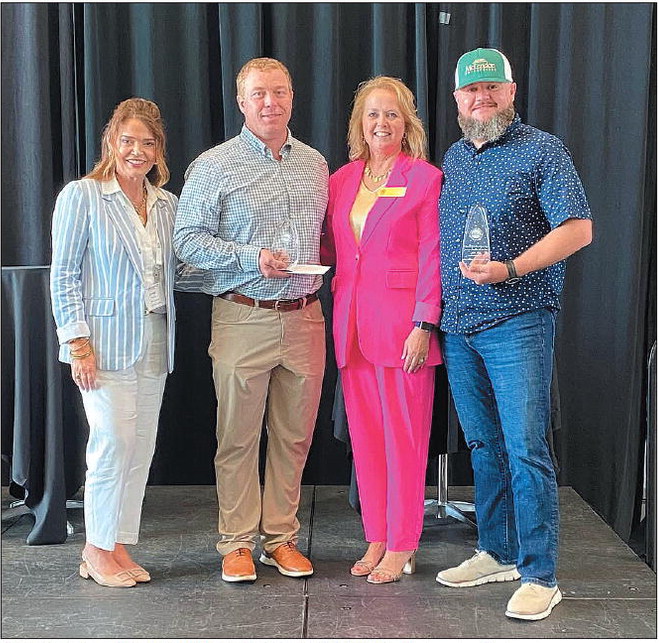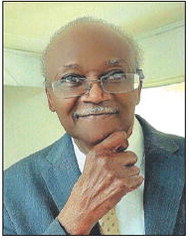editorials


Just Do It!
Consider this a public service announcement proclaiming the virtues of getting colonoscopies. I know. I know. They’re weird. The prep is hellishly disgusting. They involve a part of the body we don’t usually talk about over lunch or cocktails. No one likes to talk about colonoscopies, but I want to change that. I want people to not only talk about them, but go and get them when their doctor recommends they do so.
The bottom line is this — colonoscopies save lives. I believe they’ve saved mine. So I’m willing to go out on a limb here and talk openly about them in hopes I can convince a few of you to schedule one soon. I want to remove the stigma associated with colonoscopies.
A colonoscopy is a procedure doctors use to probe around looking for abnormalities on the inside of a person’s colon — also known as the large intestine — and rectum. During the procedure, the doctor inserts a long, flexible, lighted scope into the rectum, then gently advances it all the way to the end of the patient’s large intestine.
Think about it like this — your large intestine is like a pipe, and the doctor is like a plumber who uses a live-feed camera with a bright light to look for problems associated with the pipe so he or she can diagnose and fix the problem.
It’s hard to examine the wall of the large intestine if it is full of “stuff,” so the day before, patients take part in something called “prep.” In keeping with my plumber/pipe analogy, prep is something akin to putting Drano down a drain to clear the clogs in a pipe. I’m not sure what’s in the prep solution, but you drink a bunch of it, and before you know it, swoosh, everything packed in your large intestine comes shooting out. It’s quite amazing.
And a word of caution for newbies
continued from page
— you want to be near a bathroom with a fully functional toilet when the prep kicks in, and make sure you have ample amounts of soft tissue in arm’s reach.
Follow the prep instructions to a T, because you want to clean out your colon as best you can so the doctor can get a good look.
Just before the procedure, the doctor will have you turn onto your left side. He or she will give you some type of mild to moderate sedation drug intravenously to kind of knock you out for a few minutes while he or she works.
And the next thing you’ll know, you’ll wake up and say, “Is it over? Did you find anything?”
If the doctor sees polyps or other regions of abnormal tissue during the procedure, he or she will remove them (or samples of them) through the scope during the procedure.
Colonoscopies can find colon and rectal cancers, but they can also find polyps and often remove them before they turn into cancer. And that’s my point — you want the doctor to find the polyps early and remove them before they have an opportunity to turn into cancer. I’ve had colonoscopies since I was in my thirties, and the doctors have removed polyps every single time. One polyp was categorized as “precancerous.”





